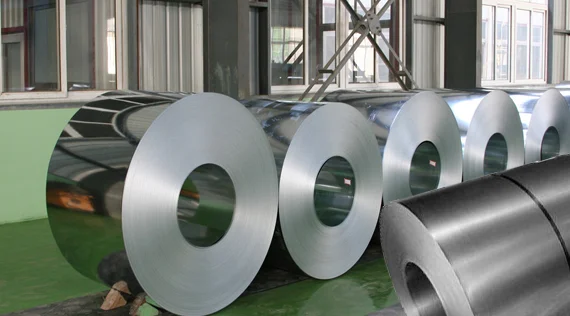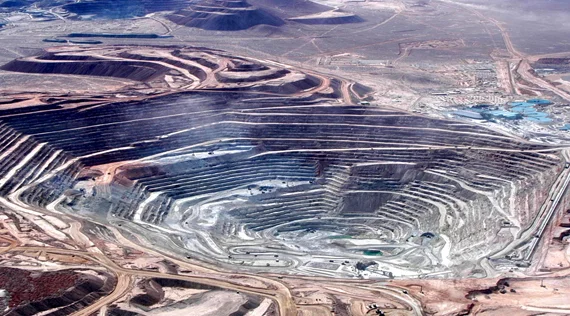EAF Transition Key to US Green Steel: Consultant
August 13, 2024 03:40:35 PM
On the other hand, EAF mills, or mini-mills, could garner a 10-20% reduction in their carbon footprint, Wright added.

SEATTLE (Scrap Monster): Every steel producer is looking at their production environment and identifying ways to improve their carbon footprint, Wright said, noting a focus from both integrated mills and mini-mills on incremental changes to production processes.
BF mills, or integrated producers, such as Cleveland-Cliffs and US Steel utilize hydrogen to reduce emissions.
Cleveland-Cliffs announced in March it will replace its BF in Middletown Works, Ohio, with a hydrogen-ready direct-reduced iron plant and two electric-melting furnaces.
US Steel, in partnership with Molten Industries and the Department of Energy, will pilot a new process that produces hydrogen for reducing iron ore, resulting in carbon-neutral steel production.
Integrated producers achieve an estimated 10-15% reduction in their carbon footprint by using hydrogen in their steelmaking process, but it results in a costly form of production, Wright said during the webinar.
On the other hand, EAF mills, or mini-mills, could garner a 10-20% reduction in their carbon footprint, Wright added.
Due to the comparatively cleaner method of production, mini-mills such as Nucor and Steel Dynamics Inc, have a carbon footprint advantage and are starting at a much lower level of carbon emissions compared with integrated mills, the consultant said.
An integrated producer generates about 1.5-2.0 tonnes of carbon dioxide (CO2) emissions per tonne of steel produced, while mini-mills generate 0.2-0.5 tonnes of CO2 per tonne of steel produced, according to Wright.
“There is a clear path identified for EAF production to get to green steel. There is no clear path to get truly green steel through an integrated blast furnace route,” Wright told participants on the call.
There are two main drivers for steering away from BFs and transitioning to EAFs – sustainability and cost, according to the consultant.
The switch to EAFs is going to reduce carbon emissions by one-third and is the most cost-effective capital investment integrated producers can make to reduce carbon footprint, Wright said.
Pivoting to EAF steel production could be financially more attractive to steel producers, due to the variable cost structure of EAF production.
“The variable cost environment has become much more important to steel producers, particularly in an oversupply environment, because you get a lot more production flexibility,” he said.
Courtesy: www.fastmarkets.com
Scrap Metal Prices
| Copper Scrap | |
| Alternator | 0.41 (0.01) |
| #1 Copper Bare Bright | 4.46 (0.16) |
| Aluminum Scrap | |
| 356 Aluminum Wheels (Clean) | 0.81 (0) |
| 6061 Extrusions | 0.71 (0) |
| Steel Scrap | |
| #1 Bundle | 390.00 (0) |
| #1 Busheling | 410.00 (0) |
| Electronics Scrap | |
 By
By 



